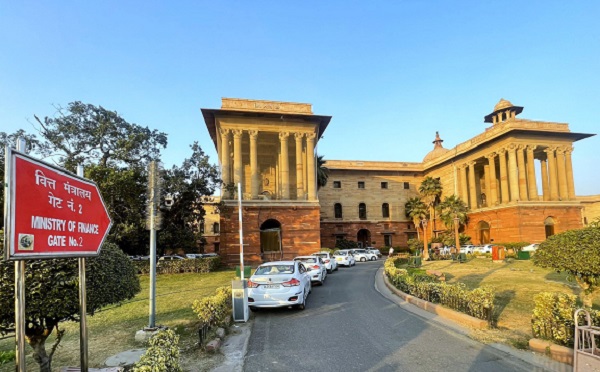.png)

Amit Singh, partner at KAnalysis law firm, is an expert in US patent laws and a registered agent with the Indian Patent Office.
June 5, 2025 at 11:36 AM IST
As digital technologies outpace legal frameworks, India’s 2025 Draft Guidelines for Computer-Related Inventions mark a crucial effort to bridge the gap between innovation and intellectual property protection. Released on March 25, 2025, by the Indian Patent Office, the guidelines are a welcome step toward resolving longstanding ambiguity around the patentability of software-driven inventions—a grey area shaped largely by Section 3(k) of the Patents Act, 1970.
Subtle Shift
That provision, which excludes “computer programmes per se” from being patented, has long been a stumbling block for investors and examiners alike. The new guidelines don’t rewrite the law, but they reinterpret it—drawing from judicial precedent, most notably Ferid Allani v. Union of India (Delhi High Court, 2019). That case introduced the critical concept of “technical effect” and “technical contribution” as a way to distinguish between merely algorithmic tools and genuine technical solutions.
The Draft Guidelines acknowledge this evolving jurisprudence, implicitly recognising that software is rarely just code anymore—it’s the invisible engine behind smarter diagnostics, real-time fraud detection, and energy-efficient data processing. These aren’t abstract ideas; they are technical answers to technical problems. A system that performs facial recognition faster or secures data more robustly should not be penalised for being software-driven.
Perhaps most encouragingly, the draft also signals that innovations in Artificial Intelligence and blockchain may be considered patentable—provided they cross the “technical advancement” threshold. This is a welcome move, as it signals India’s intent to foster innovation in high-growth sectors while ensuring that speculative or abstract concepts do not clog the patent system.
Missed Opportunities
Still, there are cracks in the system. For one, the guidelines remain non-binding, which means their interpretation can vary across patent examiners—raising the risk of inconsistency.
Equally perplexing is the omission of illustrative examples. Earlier versions of CRI guidelines offered concrete case studies and patent claim formats that helped practitioners navigate grey zones. Without these, examiners and applicants may revert to subjective instincts, eroding the uniformity these guidelines aim to promote.
The introduction of a more detailed five-step inventive test, built on the Biswanath Prasad standard, is a valuable addition. It ensures that CRIs offer genuine technical advancements over routine computational methods. Additionally, the emphasis on detailed disclosure—requiring clear system architecture and implementation specifics—strengthens the “sufficiency of disclosure” standard under Section 10, ensuring robust patent applications. This is an opportunity for an experienced Patent Attorney to differentiate themselves to offer robust patent application drafts to their clients.
However, the true test of these guidelines will lie in how startups and SMEs, often at the mercy of shifting patent policies, are treated. Will the system enable their agility, or will it favour large corporations with deeper IP arsenals?
For India’s innovation ecosystem, the 2025 Draft Guidelines are a step toward predictability and consistency, aligning patent practices with global standards while reflecting the country’s unique technological landscape. Stakeholders must actively engage in the consultation process to ensure these guidelines empower inventors without stifling creativity. As India navigates the digital age, these guidelines could be a catalyst for transforming ideas into impactful, patent-protected innovations.




